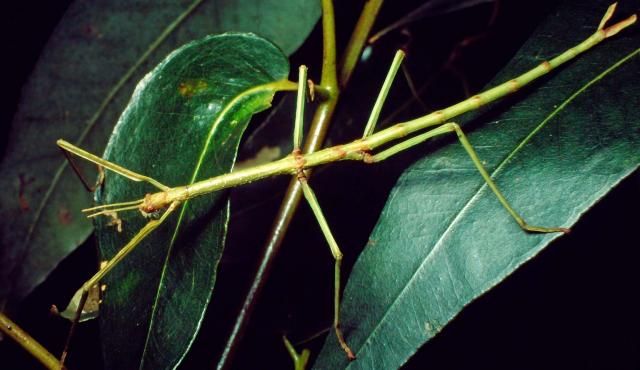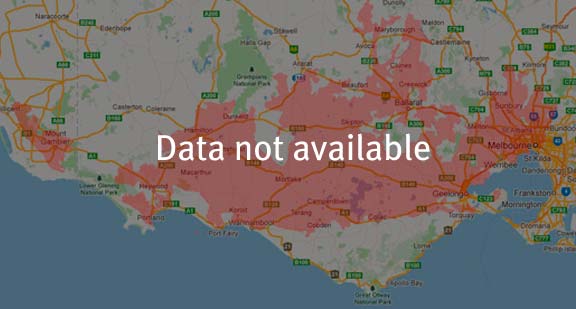A range of teacher professional learning programs will be developed to accompany the Biodiversity of the Western Volcanic Plains online outreach...

Margined-winged Stick Insect
Ctenomorpha marginipennis
The males have full wings and can fly. The females are larger with dark hind wings. Their bodies resemble eucalypt twigs or stems so they camouflage well with the plants they rest on. The female lays 3 mm elliptical eggs that resemble plant seeds. The eggs drop to the forest floor during summer and hatch later the same year.
| Details | Description |
| Type | Invertebrate |
| Group | Insect - Stick Insect |
| Former Scientific Name | Ctenomorpha chronus |
| Identifying Characteristics | |
| Distinctive Markings | The large grey-brown body resembles a stick. |
| Diet | Herbivore. Eats eucalypt leaves. |
| Habitat | Lives in woodlands and heathlands. |
| Native Status | Native to Australia |
| Taxonomy | |
| Phylum | Arthropoda |
| Class | Insecta |
| Order | Phasmida |
| Family | Phasmatidae |
| Genus | Ctenomorpha |
| Species | marginipennis |

Distribution maps indicate current and historic locations where species have been sighted.
Source: Atlas of Living Australia
| Conservation Status | |
| DEPI Advisory List | Not listed |
| FFG Act | Not listed |
| EPBC Act | Not listed |
The conservation status of species is listed within Victoria and Australia.
The Department of Environment and Primary Industry (DEPI) Advisory List consists of non-statutory advisory lists of rare or threatened flora and fauna within Victoria.
The Flora and Fauna Guarantee Act 1988 (FFG Act) lists threatened species in Victoria. Under the Act, an Action Statement is produced for each listed species.
The Environment Protection and Biodiversity Conservation Act 1999 (EPBC Act) is the Australian Government’s key piece of environmental legislation, listing nationally threatened native species and ecological communities.



